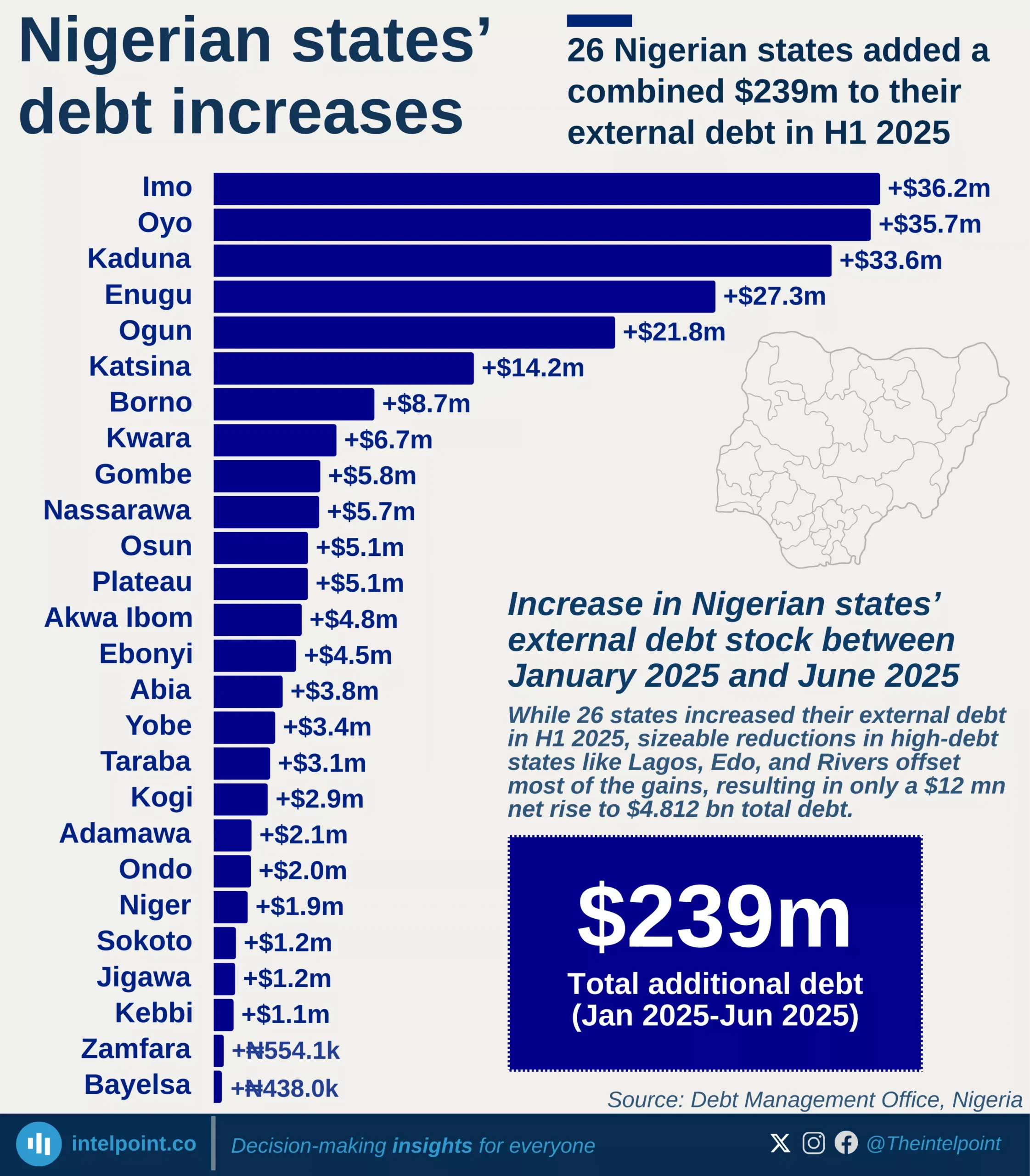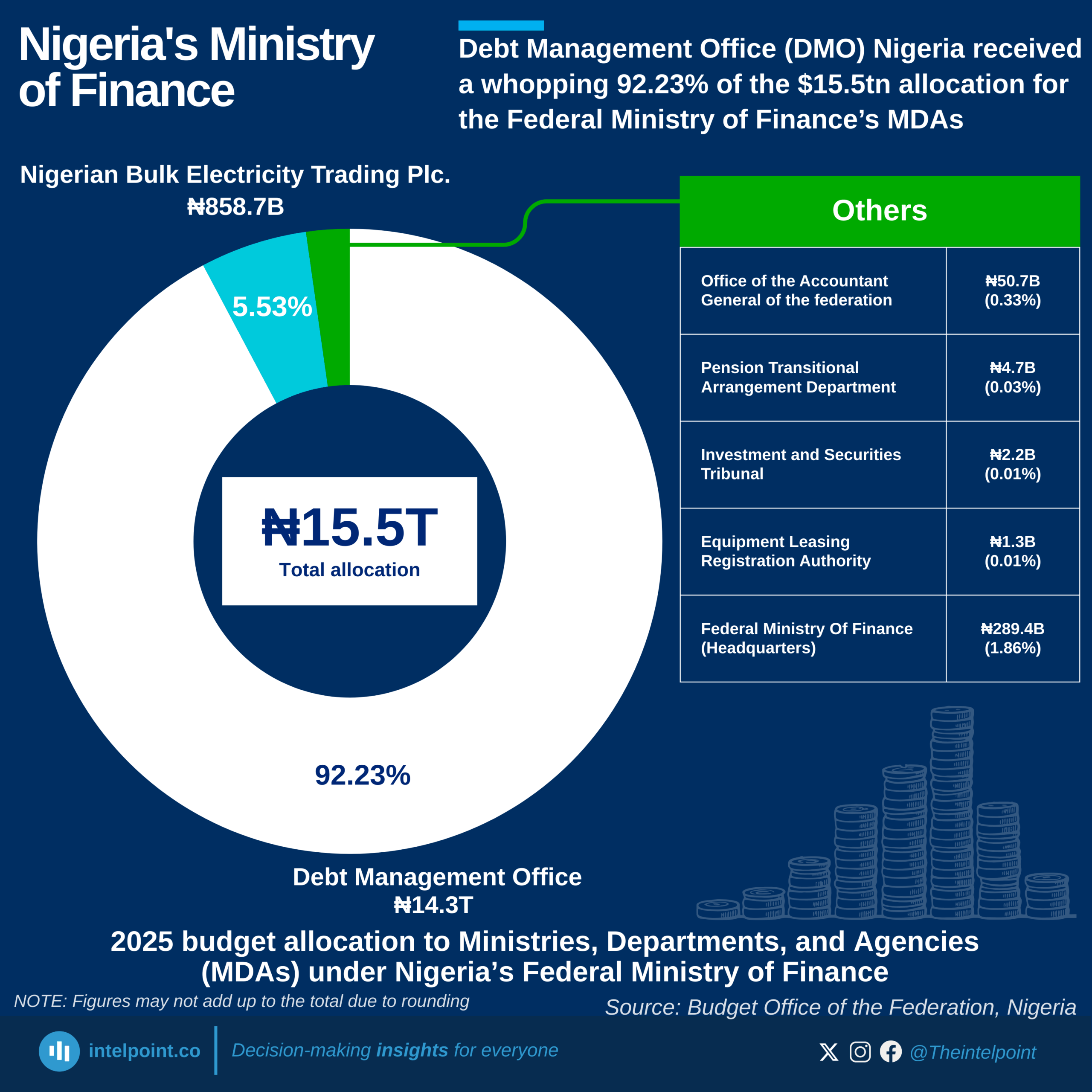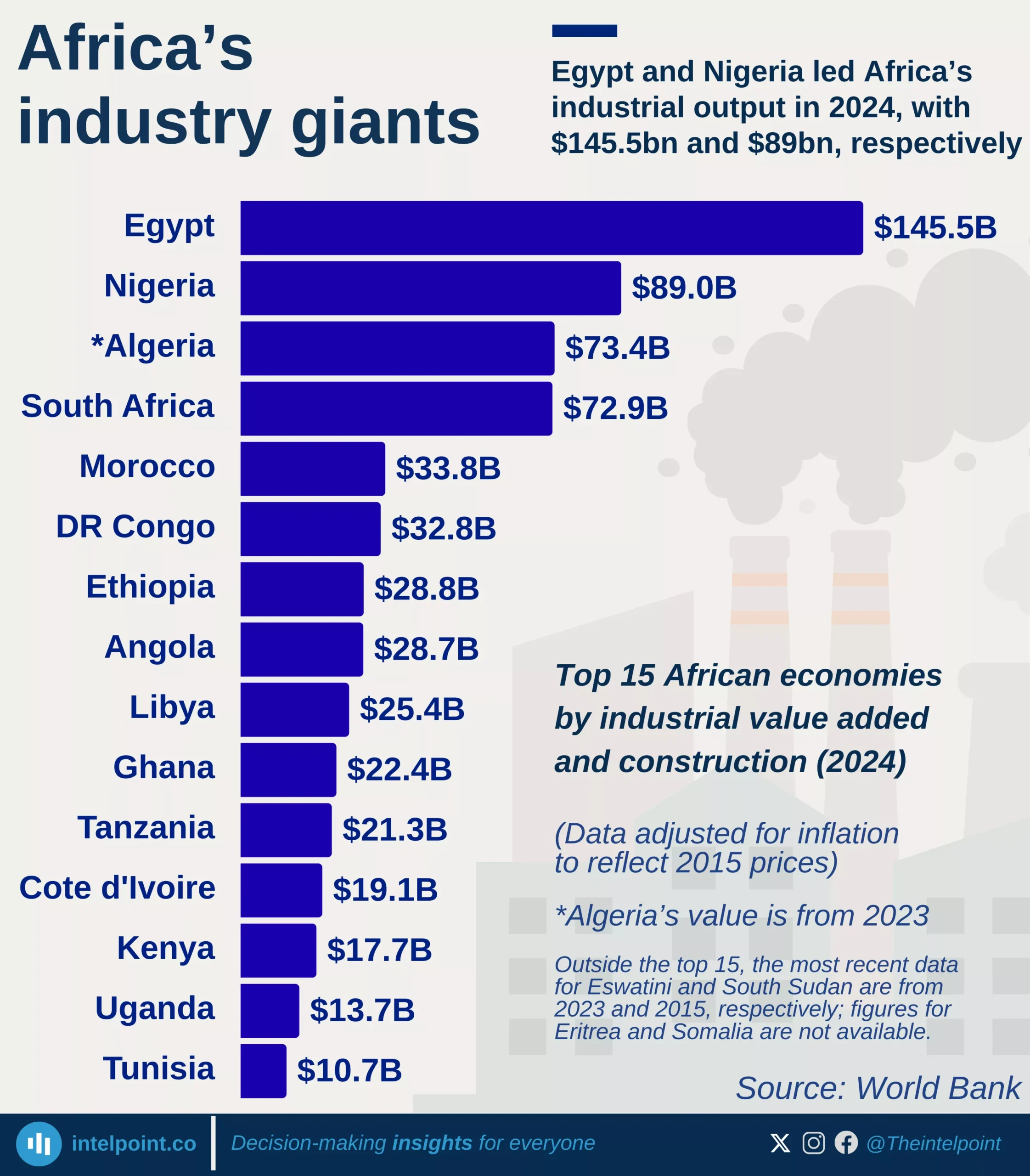Africa’s total reserves, including gold, stood at $375 billion in 2023, placing it 5th out of the six continents and accounting for just 2.6% of global reserves. In comparison, Asia led with $8.24 trillion, making up over 58.2% of the world’s total, followed by Europe with $3.68 trillion and North America with $1.20 trillion. Oceania had the lowest reserves at $84.8 billion.
The full breakdown of total reserves in 2023 shows Asia at $8.24 trillion, Europe at $3.68 trillion, North America at $1.20 trillion, South America at $0.590 trillion, Africa at $375 billion, and Oceania at $84.8 billion.





